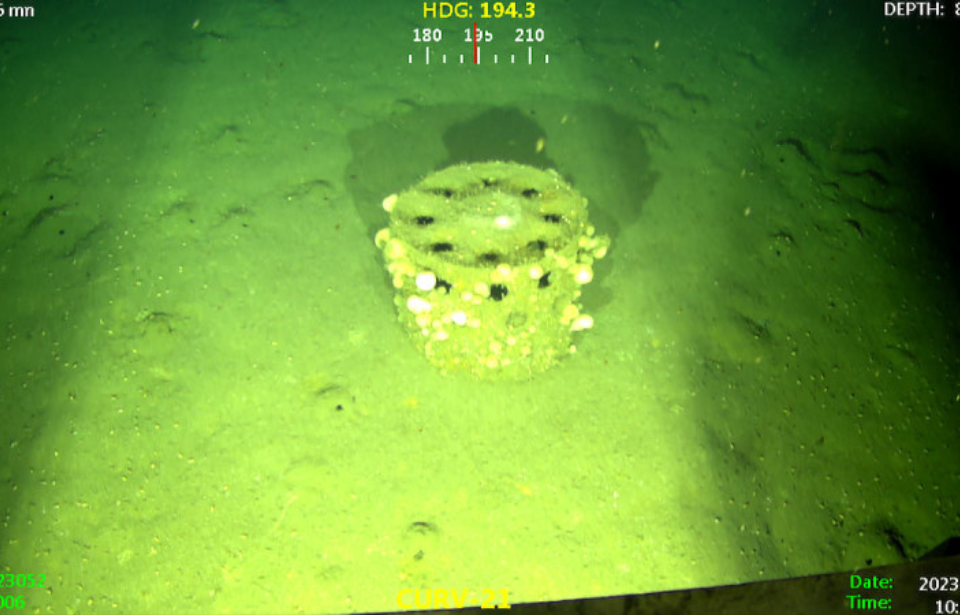Oceanographers working off the coast of Los Angeles, California have discovered that a site previously believed to just be home to toxic chemical waste was also used as a dumping ground by the military, with WWII-era munitions having been located. Situated some 3,000-6,000 feet below the water’s surface, the weaponry’s risk to the surrounding environment remains unclear.
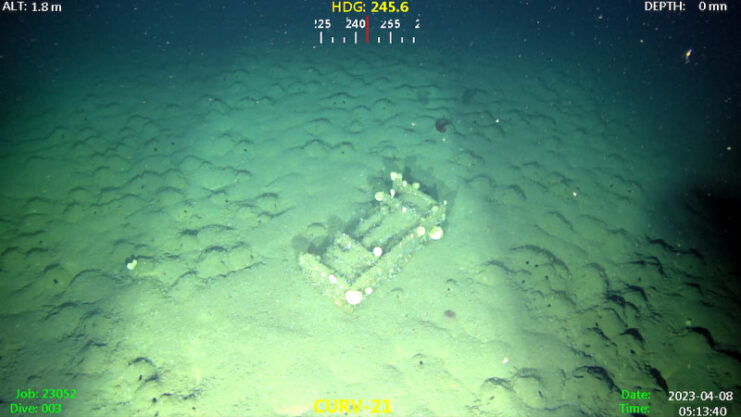
The WWII-era munitions discovered off the Los Angeles coast include anti-submarine munitions – in particular, Hedgehog and Mark 9 MOD 1 depth charges – and Mark 1 Smoke Floats. Their identification comes on the heels of a 2021 underwater sonar survey that found over 25,000 “barrel-like objects” between the California coast and Catalina Island. While their contents at the time were unidentified, they were believed to contain toxic chemicals, like DDT.
In an attempt to better understand what they were looking at, the team from the University of California San Diego’s Scripps Institution of Oceanography returned to the area with a high-definition deep-sea camera and advanced sonar technology provided by the US Navy Supervisor of Salvage. Over a three-week period, they captured 300 hours of video and covered 135 square miles.
After examining the footage and sonar readings, they were able to identify the munitions among the sunken barrels, old fishing vessels and whale carcasses that littered the seafloor.
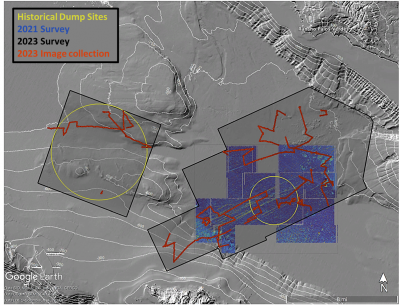
Speaking with the Los Angeles Times, Eric Terrill, the director of Scripps’ Marine Physical Laboratory who co-led the survey with researcher Sophia Merrifield, said, “We started to find the same objects by the dozens, if not hundreds, consistently… It actually took a few days to really understand what we were seeing on the seabed. Who knew that right in our backyard, the more you look, the more you find.”
It was added in an email to Military.com, “In every debris line sampled with video, the majority of targets were found to be munitions.”
Terrill and Merrifield believe the WWII-era munitions discovered off the coast of Los Angeles likely came from the Long Beach Naval Shipyard, which maintained and repaired US Navy vessels during both World War II and the Korean War.
The US Navy confirmed this in a statement to Scripps, saying they “are likely the result of World War II-era disposal practices,” which, for a time, weren’t uncommon. The service added that the “disposal of munitions at sea at this location was approved at that time to ensure safe disposal when naval vessels returned to U.S. port.”
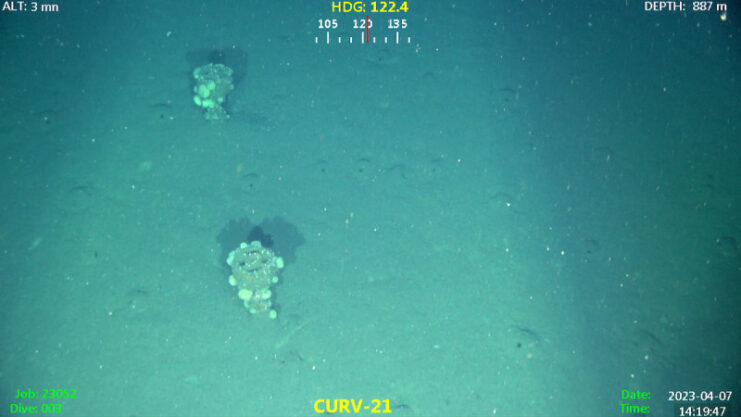
Those researching the area and the impact of the harmful pesticide DDT say the latest survey, which was publicized on January 5, 2024, will help them to better understand the effects of chemical dumps along the California coast. From the 1930s-70s, the likes of DDT and its byproducts were dumped in the area, with the pesticide only being banned in 1972, when mounting evidence was provided to show just how damaging it was to ecosystems.
“There is a lot of cloudiness around how the DDT actually arrived at the dump site: was it in the form of containerized waste or was it bulk dumping? What this does right now is set the stage for understanding an improved strategy about how to sample and understand the impacts to the environment,” Terrill told KTLA 5.
Writing in the press release published by Scripps, the University of California Santa Barbara’s David Valentine, who conducted a study in 2019 about the disposal of DDT, said, “Our preliminary findings of our analysis of sediments are showing that bulk dumping of DDT acid waste was the norm, that DDT immediately entered the environment and was likely not in barrels. Once dumped, DDT spread at the seafloor, expanding its footprint to at least the base of the Catalina slope.”
The Environmental Protection Agency (EPA) added that the majority of DDT found at offshore sites like this was likely disposed of via “bulk-dumping rather than containerized barrels.”
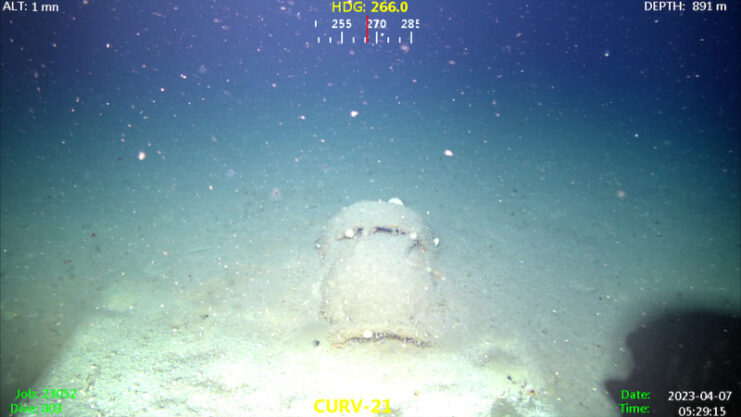
Word of the WWII-era munitions’ discovery follows news that a practice bomb from the era recently washed ashore in Santa Cruz County, approximately 340 miles away from Los Angeles.
More from us: Chinese State Television Reveals New Photos of Country’s New Next-Generation Aircraft Carrier
Officials with the US Navy are currently looking into how to best move forward with the information provided by the Scripps research team, so there’s minimal risk to both the public and the environment.
